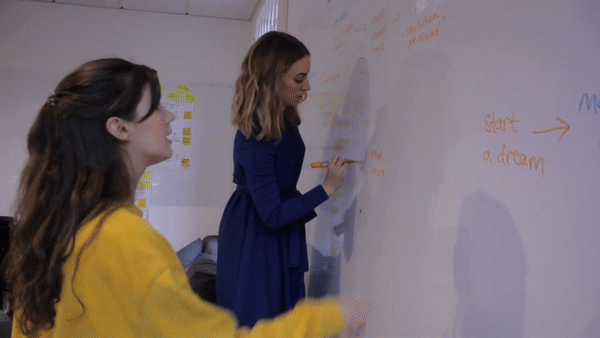A.Schönebeck
Dreams mission is to make saving money enjoyable and easy for people to achieve their dreams. They wanted to expand their user base, prompting our team to enhance virality and user growth. I was part of leading the design sprint to achieve this.
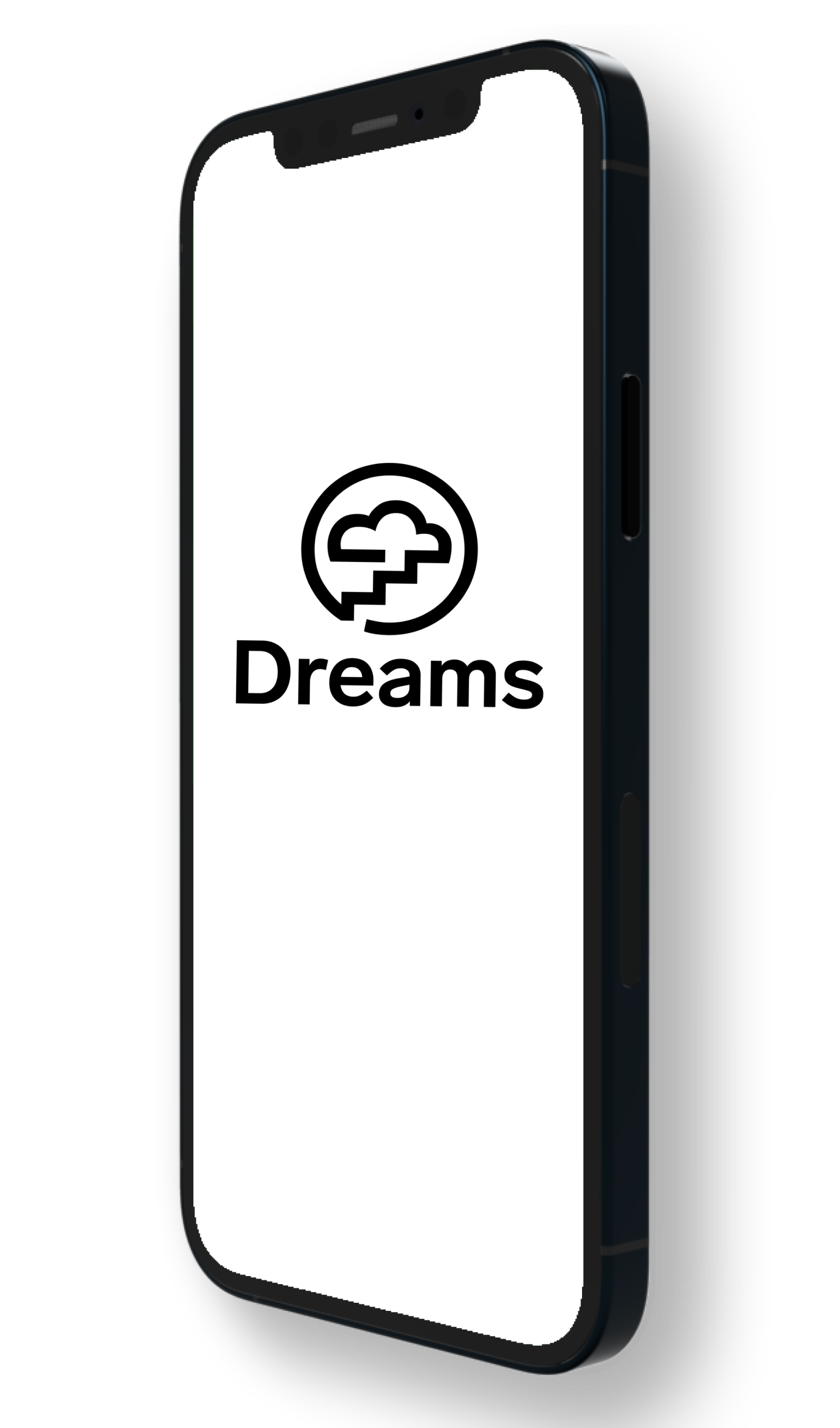
Design Sprint: Execution
Day 1 - Expert Insights and Framing
We began with Expert Interviews, tapping into Dream's team for insights into challenges and context. The day progressed with "Can we?" questions, essential for guiding the sprint. Participants generated questions individually, creating a collaborative thread. We defined a long-term goal and sprint questions, setting the stage going forward.
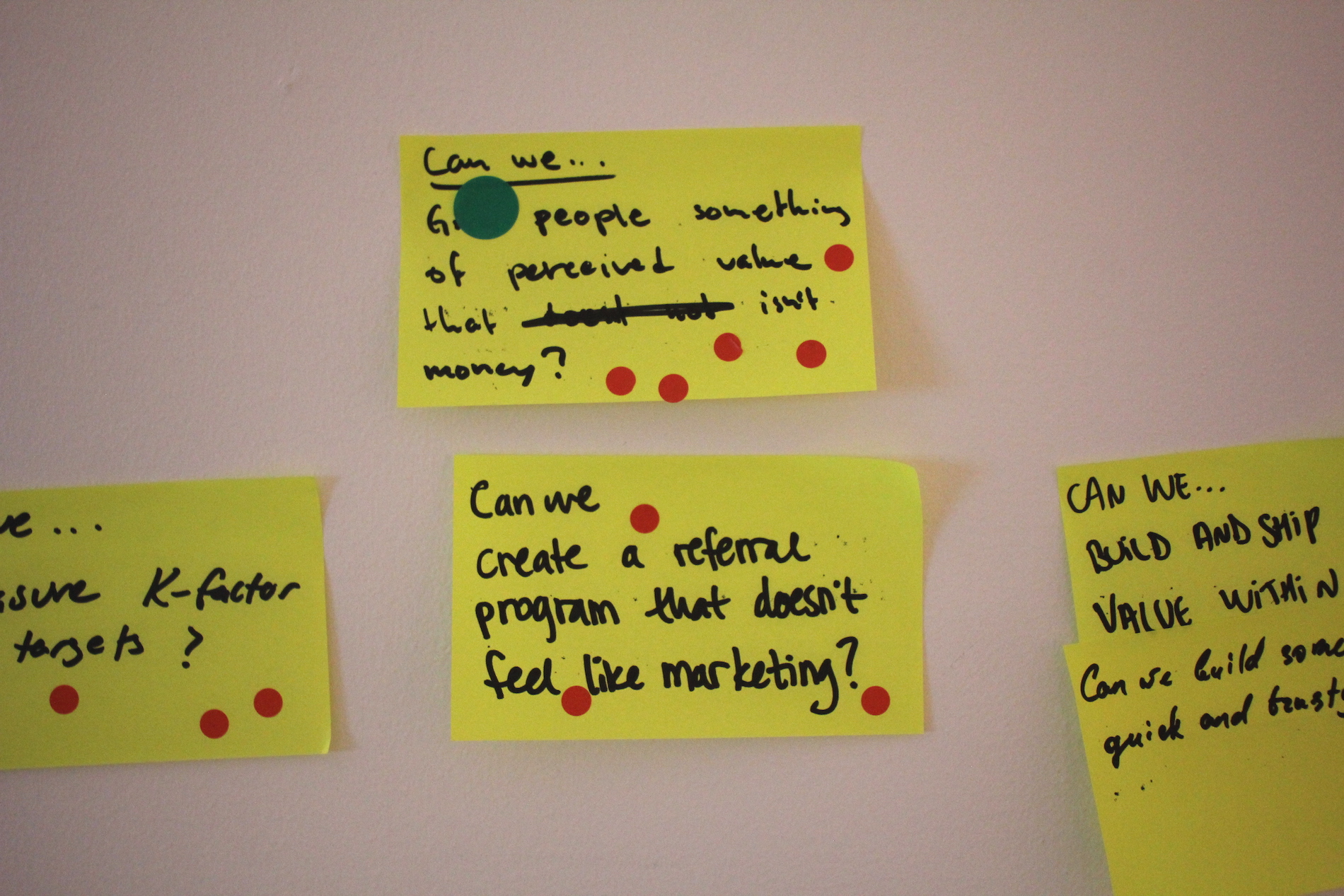
The afternoon was dedicated to creativity. I led sketching exercises based on the earlier questions and goal. The group engaged in note taking, doodling, Crazy 8s, and concept creation, generating numerous ideas to be up for review on Day 2. Adapting to the sprint's rapid pace was a bit of a challenge, especially for participants unfamiliar with this approach.
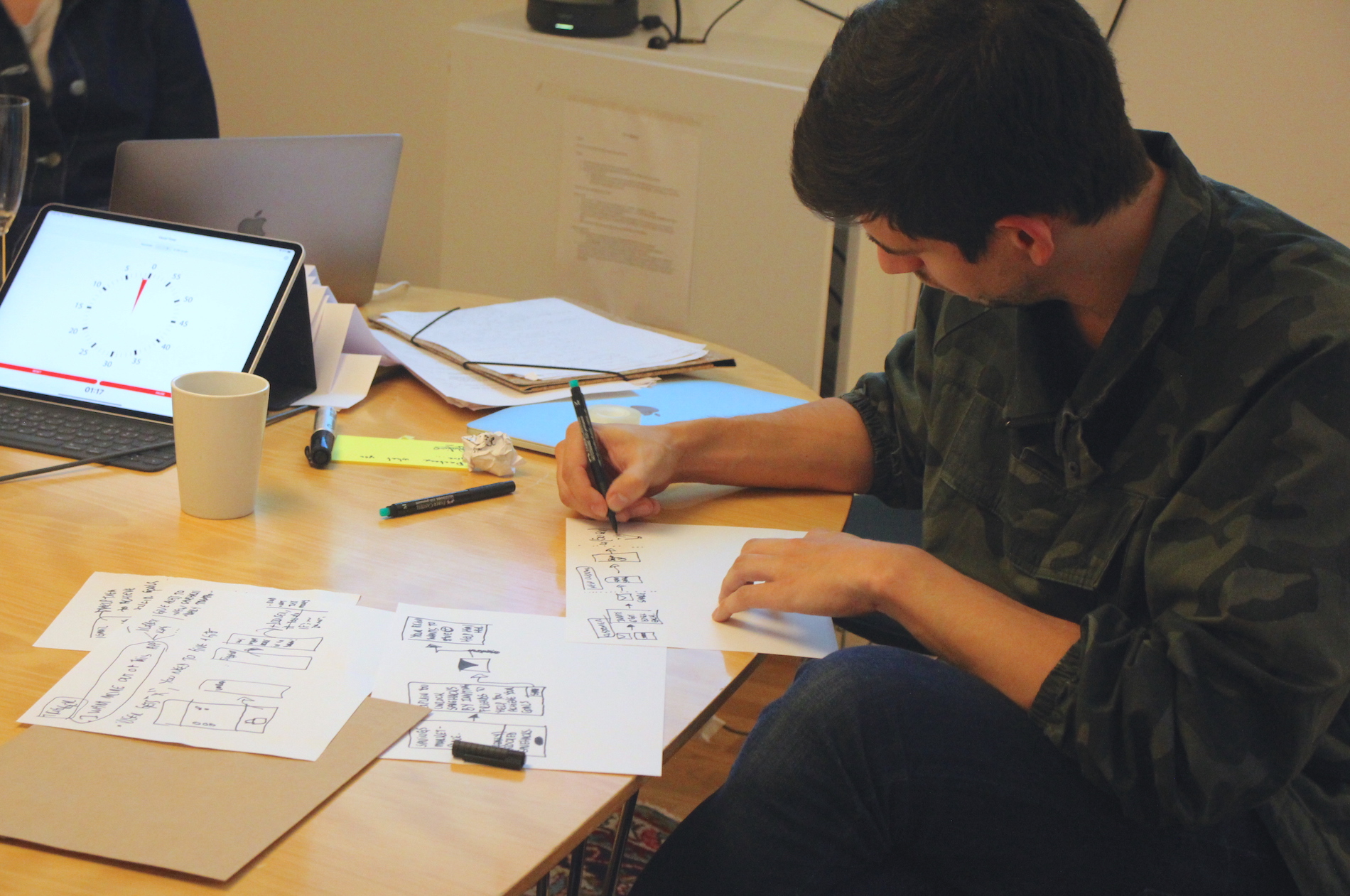
Day 2 - Concept Selection
Day two began by anonymously displaying all concepts for group evaluation. Participants applied red dots to their favored ideas, visually highlighting popular choices. The team then collectively voted, leading to the selection of two concepts: one featuring a monetary incentive and another with gamification.
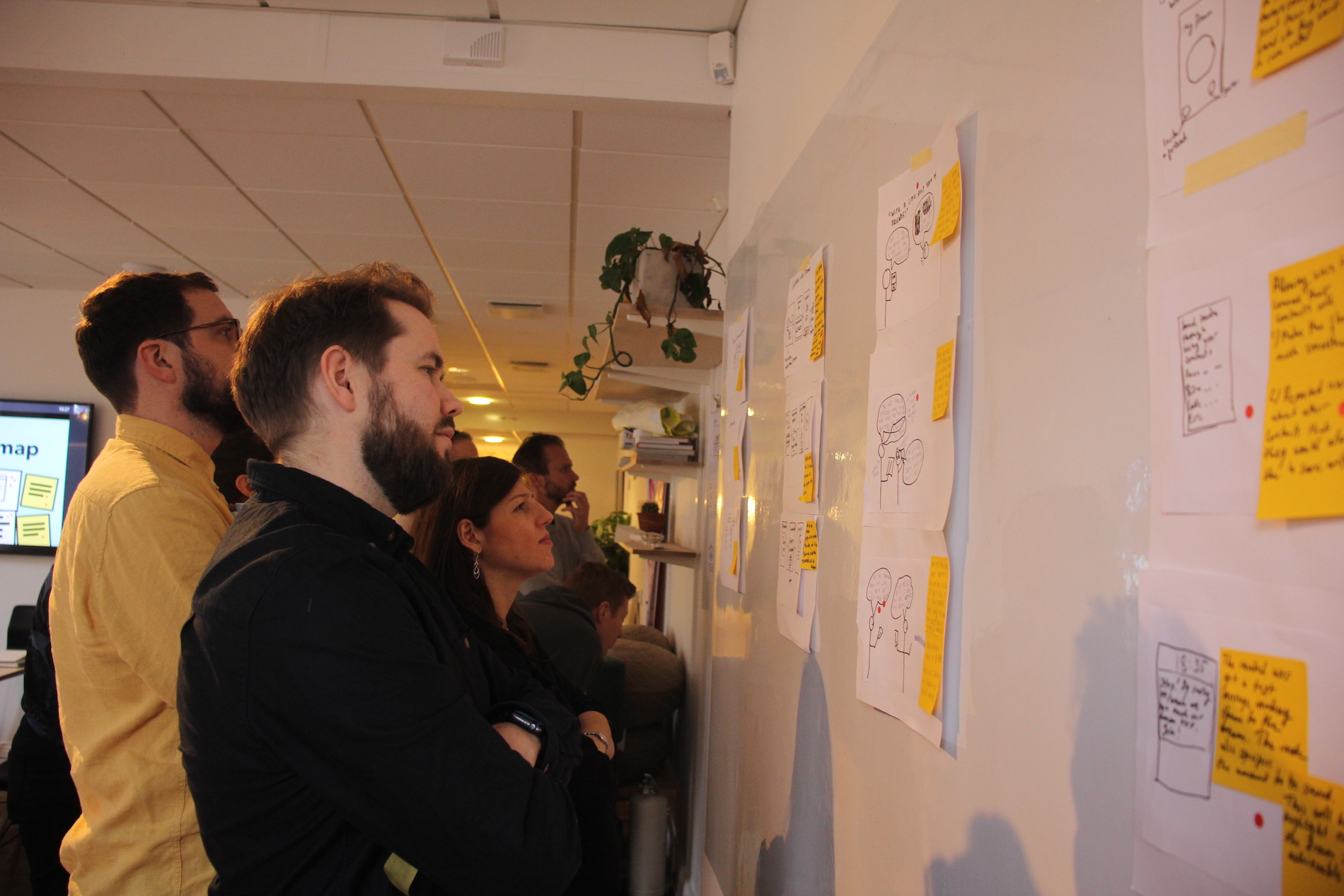
- Storyboarding & User Flows
The focus shifted to detailed storyboarding of the chosen concepts and crafting a step-by-step user flow. Ensuring detailed storyboards worked as a base for prototype creation, although managing two concepts simultaneously was challenging.
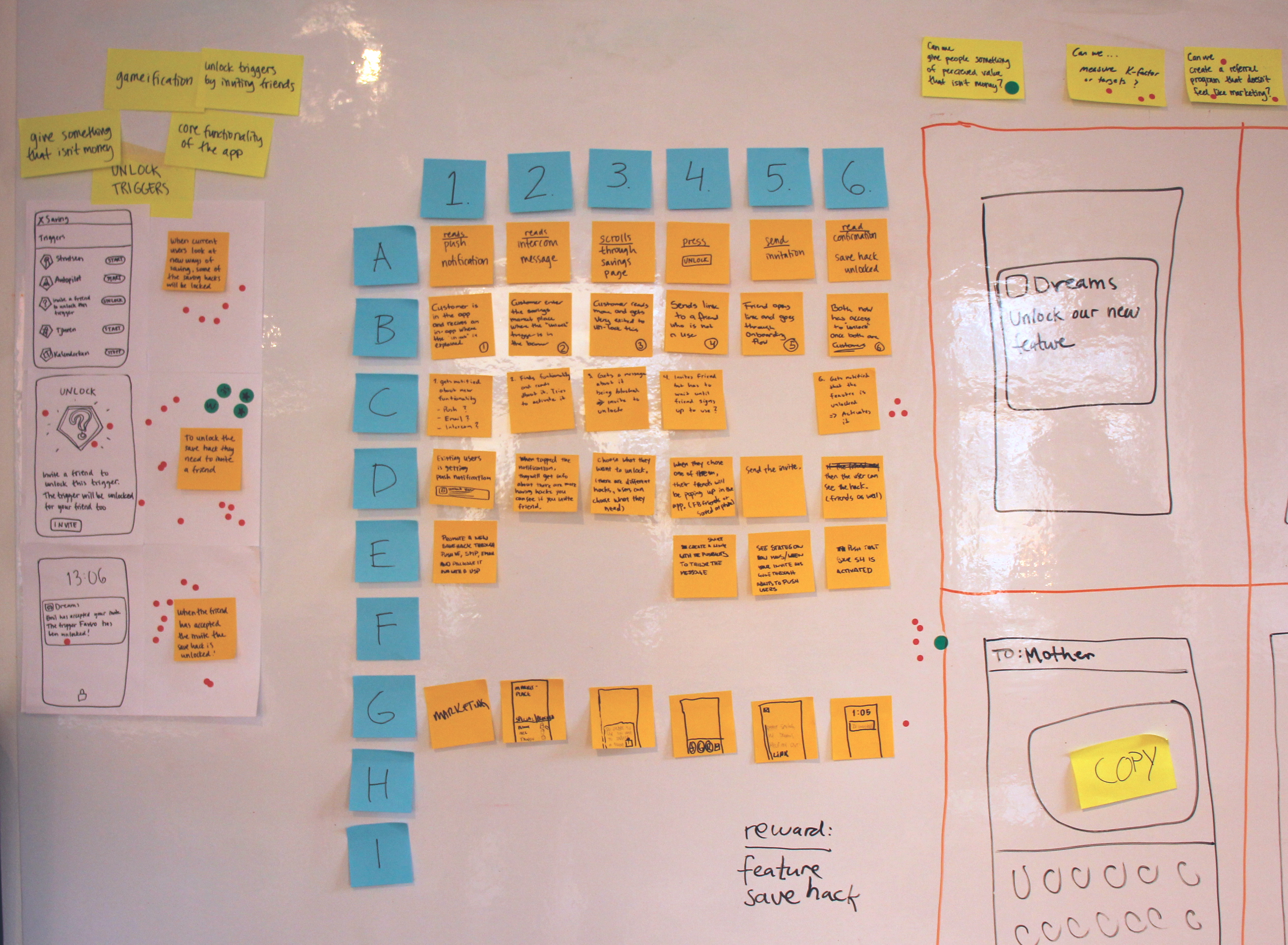
Day 3 - Prototyping
Our design team used Figma to develop testable prototypes mirroring the storyboard sketches. The challenge lay in making swift UI decisions, particularly when handling two prototypes. The Dreams design library helped in effectivize visuals. Concurrently, we recruited testers for the next day's testing, successfully sourcing participants through the Hyper Island network.
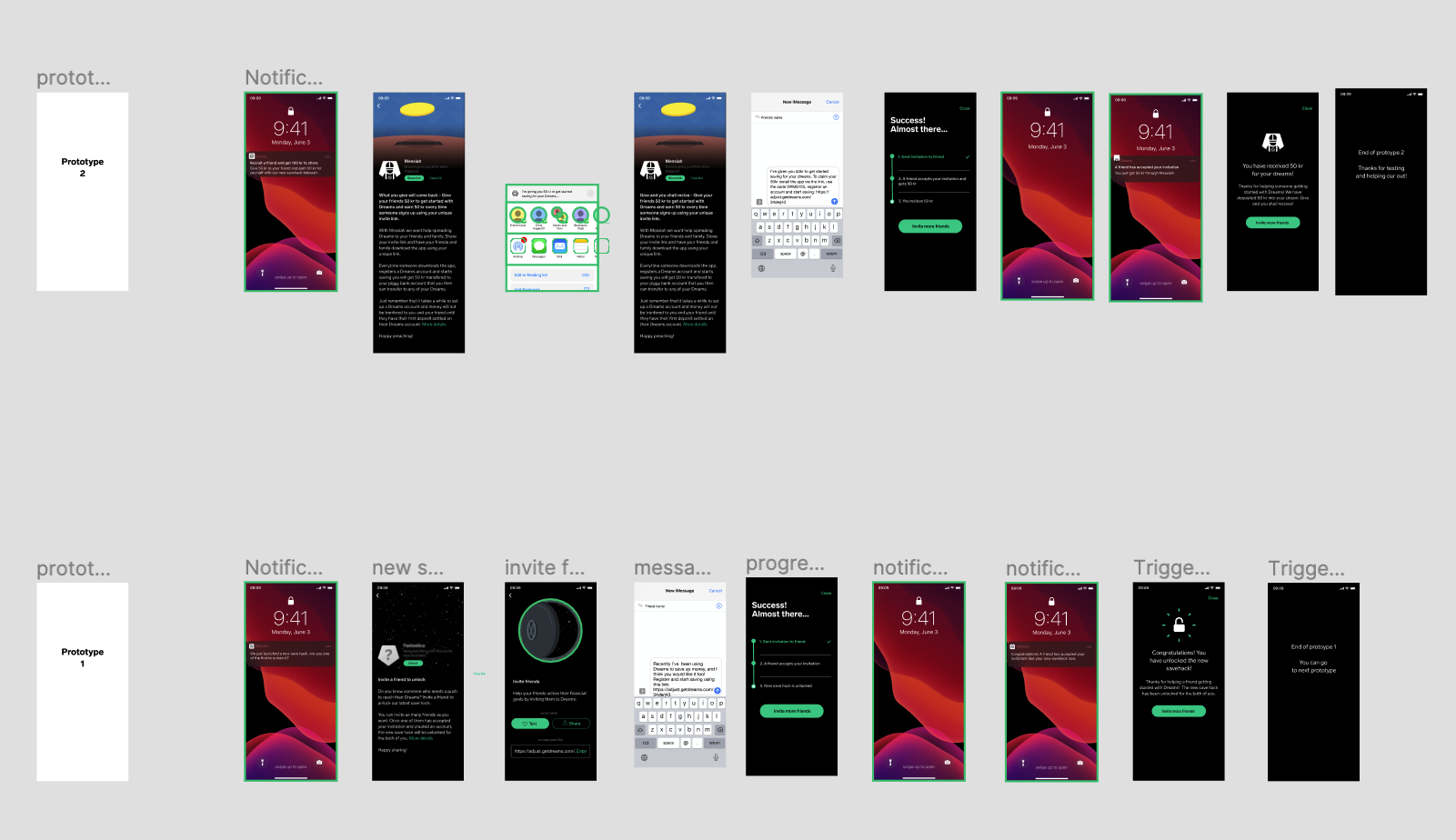
Day 4 - Testing, testing
User testing day arrived, supported by a semi-structured interview guide. Remote video sessions allowed testers to interact with prototypes while sharing their screens. Overcoming dropouts, we swiftly found replacements, leveraging our team's strength. Valuable user insights were gained by the day's end.
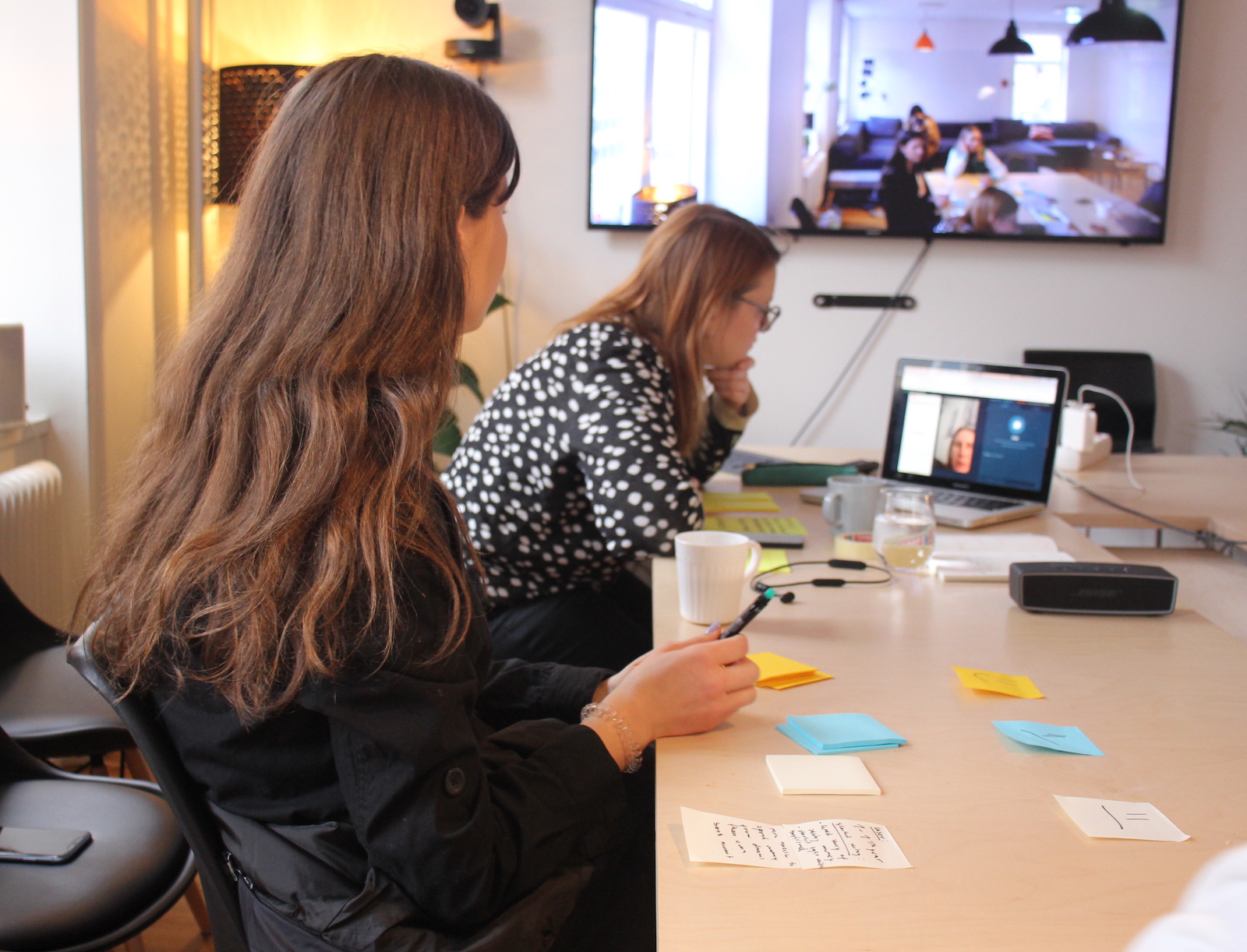
Insights
We did three test rounds with two prototypes to gather user insights, guiding us toward the final prototype.
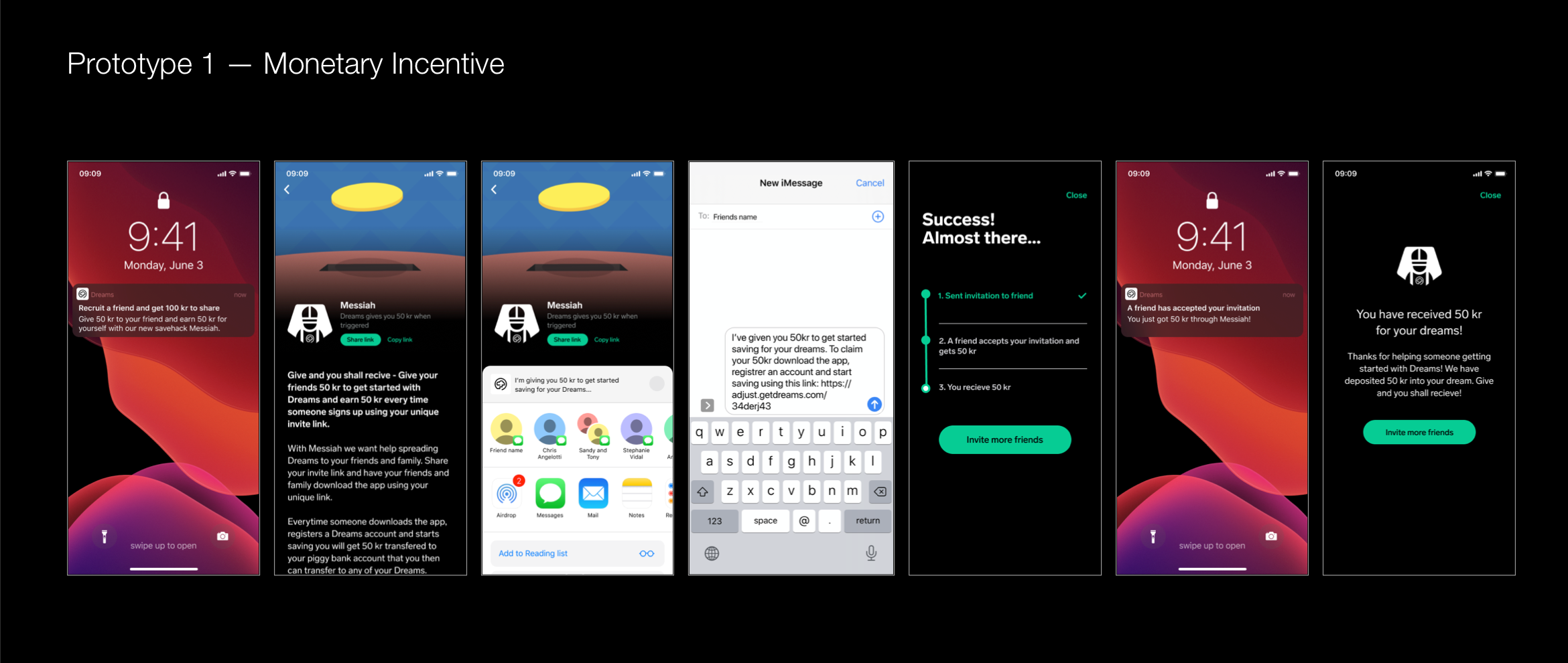
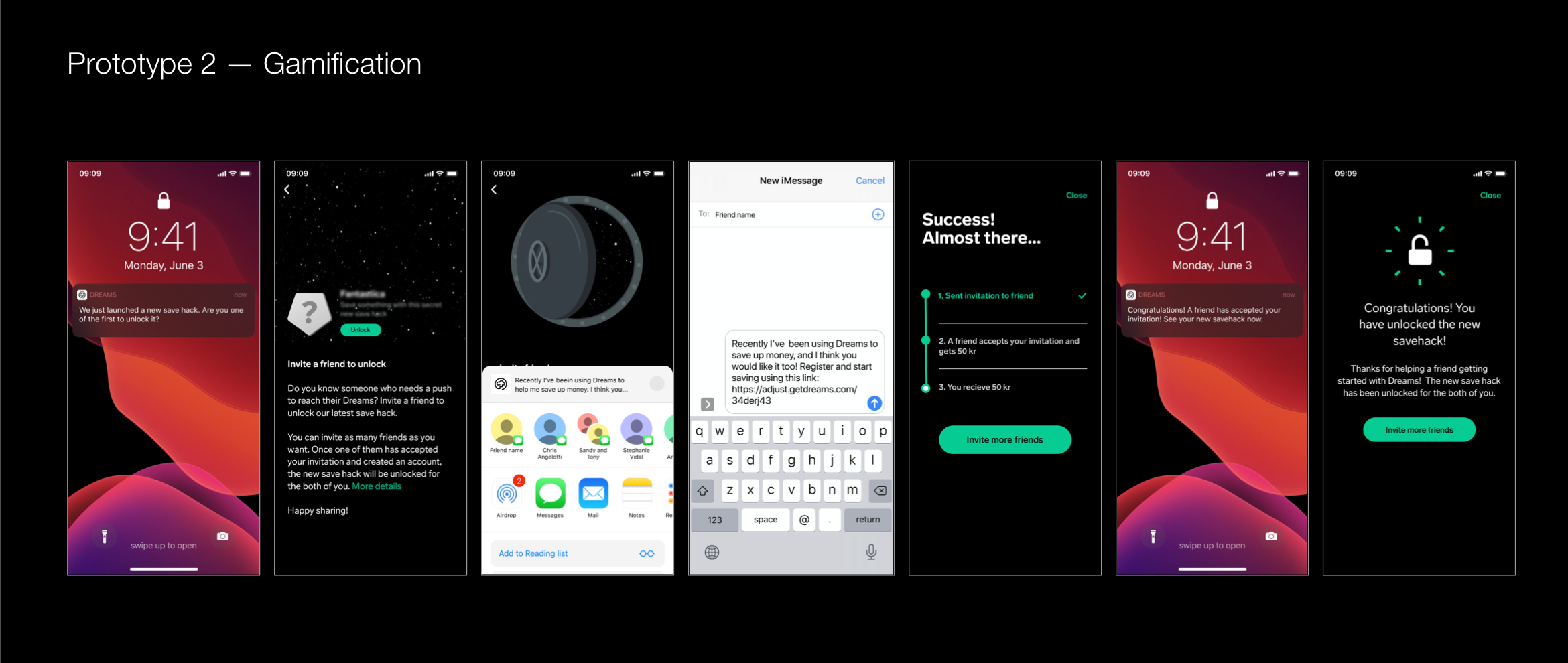
— Among the two concepts, the monetary reward (prototype 1) stood out. It was easily comprehensible, featuring a clear and motivating incentive.
— Gamifying the process with a secret gift intrigued users but didn't drive them to complete the flow or invite friends.
— The "unlocking" function could be extended to other features, like accessing a savings class.
— User referrals peaked when friends expressed purchasing or travel intentions.
— Sharing via links in group chats was preferred over pre-written messages.
— Personalized messages were favored over impersonal pre-written ones.
— Visible money influx motivated users to send more invitations.
— Trustworthy in-app messages were preferred over push notifications.
Outcome
After four weeks of testing and refining the design, we delivered a prototype ready to be implemented to Dreams. The chosen idea offered a monetary reward: both the inviter and invitee receive 50 SEK. We did not include any pre-written messages, instead we allowed direct link sharing from the app and for the user themselves to write their own message if they wanted to.
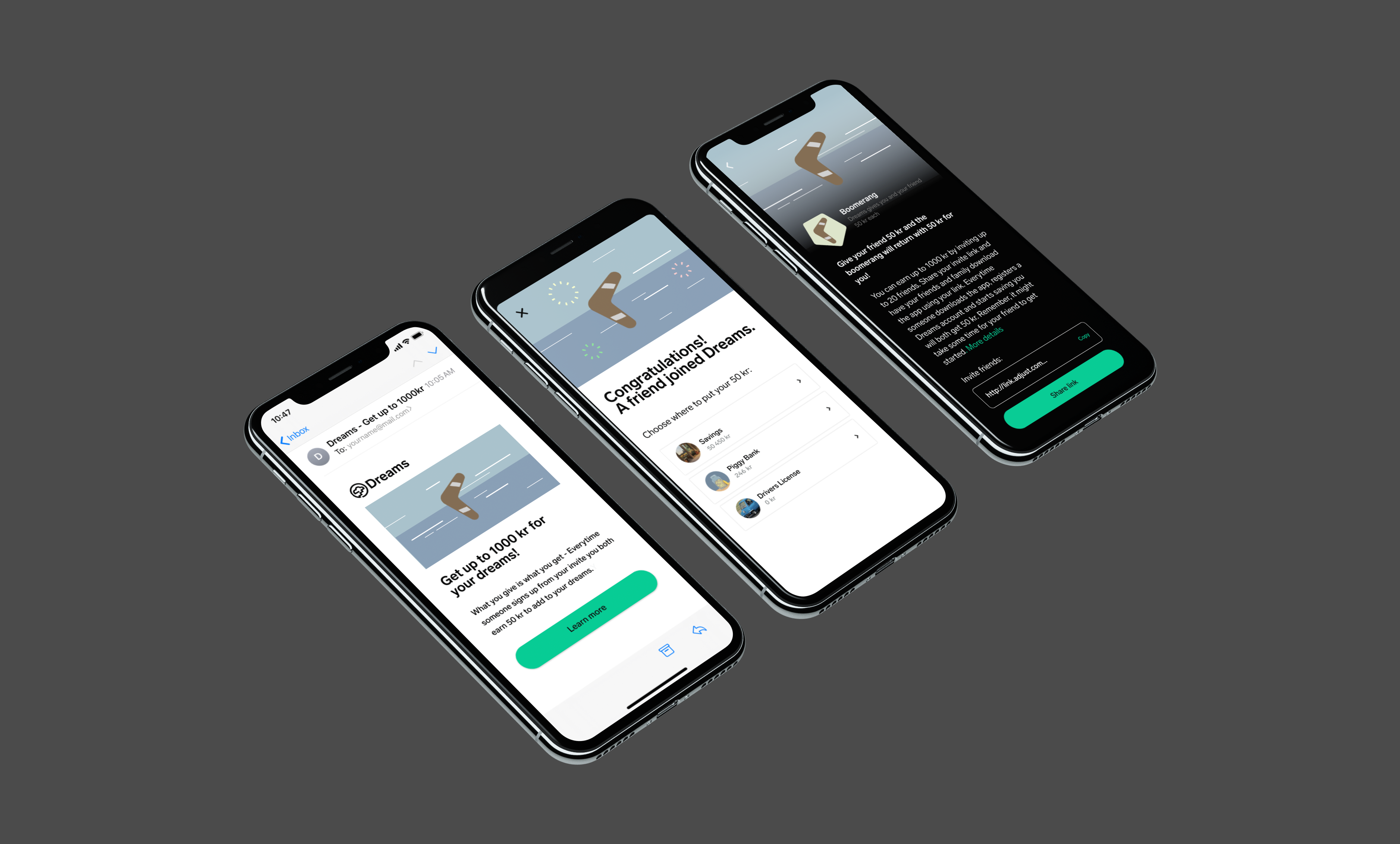
Other results
- Dreams impemented the referral program in the Norwegian market. — Our team was invited back to Dreams Office to present the sprint method and findings company-wide. - Introduced sprint exercises, impacting internal way of working in the Dreams-team.
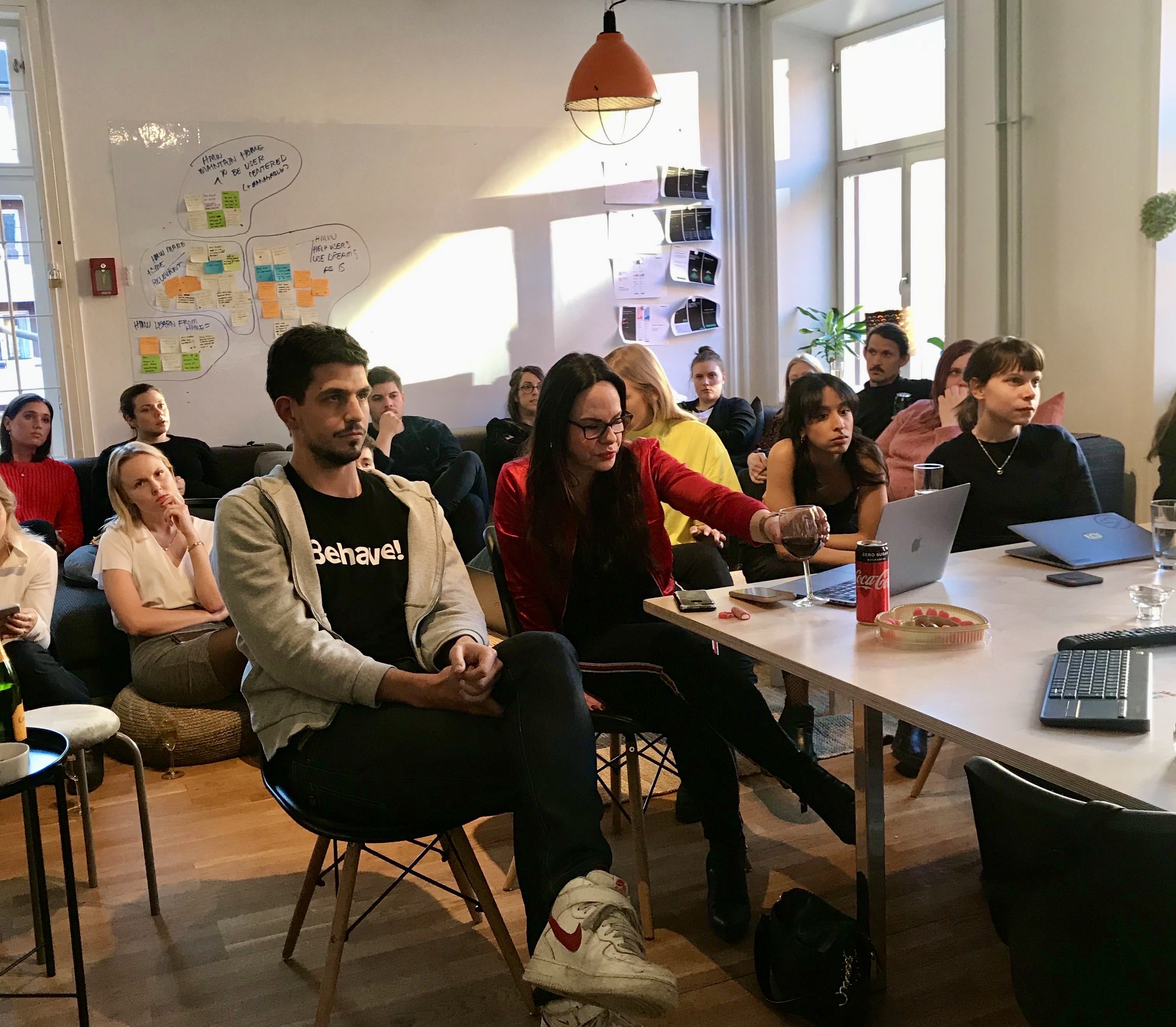
Key Learnings
— Set boundaries as a facilitator to steer the group productively.
— Initiate tester recruitment earlier to avoid last-minute dropouts.
— Anticipate pitfalls beforehand to minimize disruptions.
— Focus on testing a single prototype at a time for clarity.
— Finish projects with a wrap-up to share emotional experiences, address misunderstandings, and gain insights.
